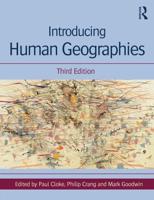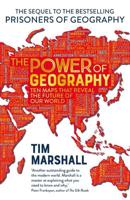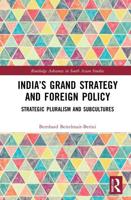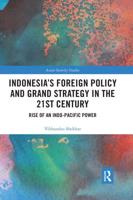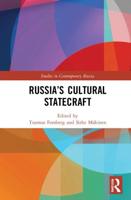Publisher's Synopsis
This timely Handbook demonstrates that global linkages, flows and circulations merit a more central place in theorization about development. Calling for a mobilities turn, it challenges the sedentarist assumptions which still underlie much policy making and planning for the future.
Expert contributors analyze development from a mobilities perspective, exploring how globalization connects distant people and places, so that what happens in one place has direct bearing on another. Chapters provide an overview of the global trends related to the flows of people and capital over the past decade, and offer insights into the consequences of developmental practices and policies that unfold on the ground. Drawing on specific case studies from Africa, Asia and Latin America, this Handbook considers how, in many localities, livelihood opportunities are ever more shaped by positionality, and the ways in which people are attached to and participate in translocal and transnational networks.
Providing a bottom-up analysis of the implications of globalization for translocal development, this Handbook will be a valuable resource for scholars and students of development studies, human geography, and sustainability and environmental science. Its use of global case studies will also be useful for practitioners and policy makers who desire a better understanding of the developmental impact of policies and investments.



